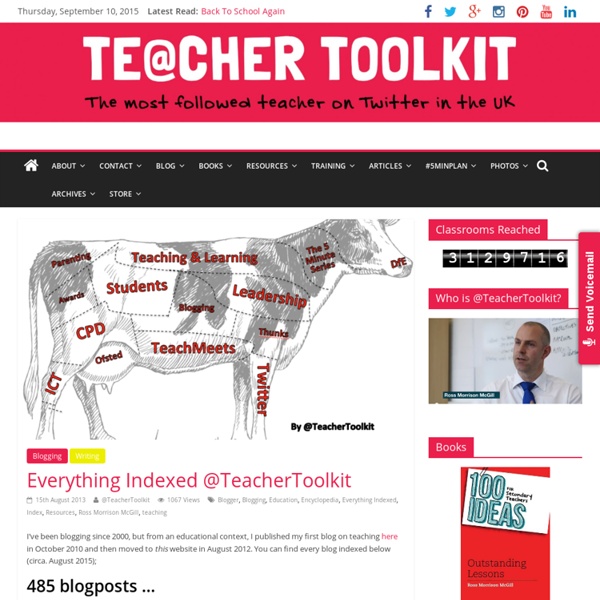



Helena von Schantz The Vocabulary Box: 6 easy activities for revising language | joannemilesconsulting On many courses, there is plenty of vocabulary and technical terminology that students need to learn. The vocabulary box is a great way to incorporate regular recycling of this language with very little effort on the teacher’s part. The teacher needs to provide a box to keep the words in – I use a shoe box covered in colourful paper. At the end of each lesson, get students to write out the new vocabulary items on slips of paper and store them in the box. This box can be used for quick recapping at the beginning or end of the lesson and builds up a resource for revision exercises and differentiated practice activities for early finishers. Quick recap exercise (differentiated version) Strong students: in pairs they take 10 words from the box. 2.Walls exercise Put 10 or 12 words from the box on the walls and students can walk round in pairs trying to explain the words and make an example sentence or give a definition. 3.Word Grab 4.Noughts and Crosses Grid on the board and class in two teams.
Anne-Marie Körling Stretch & Challenge in Group Tasks: How can we stretch the stronger learners? | joannemilesconsulting When I teach and train groups or observe lessons, I am more and more aware of the challenge of stretching stronger learners within group tasks. Stronger learners are often allocated the role of supporting others, peer teaching etc, which consolidates their learning but doesn’t necessarily develop it further. So how can we provide the stretch they need within group work? 1. Group composition and use of roles Sometimes I find it helpful to group learners so that strong learners work together. What I notice is that there is automatic stretch for learners if they are working with others around or above their own level of knowledge or skills. Roles within group tasks can also provide stretch, as you can allocate roles based on skills/ areas of knowledge that learners need to develop, e.g. 2. Plan questions that will stretch and target them carefully to get learning +1 for most people. 3. Strong learners often finish fast and to a good standard. Stretching learners without punishing them! 4.
All About Adolescent Literacy | AdLit.org 50 Fun Ways to Group Learners There are various reasons why we need to group students each day. It might be as simple as putting seating solutions together, or as complex as creating intervention groups to fit all students’ needs. Often, I simply need my students to pair up, make sets of three, or divide into teams. Even in adult learning, “divide up” usually means the same small cliques form. Creating a game out of grouping gets everyone together without all the eye rolling or pressure. It also opens up endless educational opportunities. Language Arts | Mathematics | Arts & Crafts | Music | Other Language Arts Put an equal number of vowel and consonant letter tiles in a bag and have students pull randomly to form two teams. “puzzle” to locate a group. Math Write digits, dot representations, and equations on ping-pong balls. listed. Arts & Crafts Put multi-colored pompoms into a bag and have students draw and group with the same or complementary colors. Stick holiday-themed stickers on index cards. Music Other